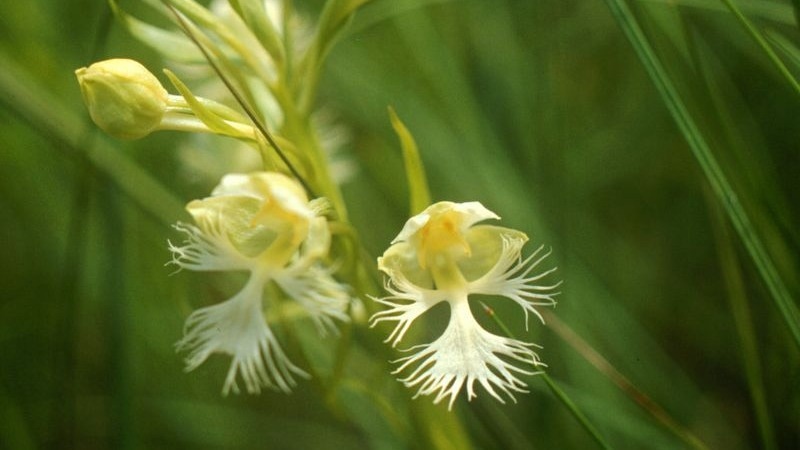The Milner Centre for Evolution at the University of Bath has discovered that global climate cooling appears to be the key driving factor in the diversity of terrestrial orchid species.
 Orchid flowers have evolved a huge variety of shapes, colors, and sizes. Image Credit: Gretel Kiefer, Chicago Botanic Garden
Orchid flowers have evolved a huge variety of shapes, colors, and sizes. Image Credit: Gretel Kiefer, Chicago Botanic Garden
The findings will aid researchers in understanding the role of global climate on species diversity and how climate change may affect biodiversity in the future.
Orchids are one of the world’s largest plant families, with approximately 28,000 species growing worldwide.
Climate Change Driving Speciation
Charles Darwin researched orchids as a model for natural selection, suggesting that they slowly developed an array of different flowers to attract specific pollinators over time.
However, researchers at the University of Bath and the University of York discovered that rather than evolving progressively over thousands of years, these plants diversified quickly due to changes in global temperature.
Researchers consolidated a family tree showing species relationships by analyzing thousands of DNA sequences. Statistical models were used to test how changes in climate during Earth’s history may have influenced the formation of new species. The team then used more than 2.5 million geographical distribution records to test the various models.
According to geological records, the majority of the species appeared within the last 10 million years, coinciding with global cooling.
Modeling the probability of different drivers of speciation revealed that global cooling is 700 times more likely than time alone to influence orchid speciation.
Everything, Everywhere, All at Once
Darwin proposed that orchids adapted gradually through natural selection to attract different pollinators, but our data show that it’s more complicated than that. There was an explosion of diversity in terrestrial orchids across the globe within the last 10 million years, with all the major lineages of these plants emerging at roughly the same time.
Dr. Jamie Thompson, Study First Author and Researcher, Milner Centre for Evolution, University of Bath
Dr. Jamie Thompson adds, “We found this correlated with global climate change, so that more species emerged as the climate cooled, giving the first evidence of global cooling driving speciation in these plants.”
Speciation Rate Independent of Diversity
The investigators also discovered that the speciation rate—how rapidly new species emerge—was not affected by the number of species present in the first place.
Our biogeographic analysis revealed consistent effects of climate change on speciation across the Earth. But we were surprised to find that the regions that have high diversity don’t necessarily have high speciation rates. This has implications for conservation strategies—that we can’t just count on preserving a few small pockets of land to protect evolutionary diversity—it’s important to try and conserve everything we possibly can.
Dr. Nick Priest, Study Senior Author and Lecturer, Milner Centre for Evolution, University of Bath
Dr. Nick Priest adds, “What we want to investigate next in all flowering plants is whether there is a simple effect of temperature or if there is a threshold that needs to be passed before there is a surge in speciation. We also want to predict how rising temperatures due to global climate change will impact the processes generating plant biodiversity.”
Our findings also show the importance of considering evolution over geological time scales. Understanding how organisms evolve in response to global environmental change has important implications for conservation and we can only know this by looking at the deep evolutionary history.
Dr. Katie Davis, Lecturer, Palaeobiology, University of York
Journal Reference:
Thompson, J. B., et al. (2023) Speciation across the Earth driven by global cooling in terrestrial orchids. Proceedings of the National Academy of Science. doi.org/10.1073/pnas.2102408120.